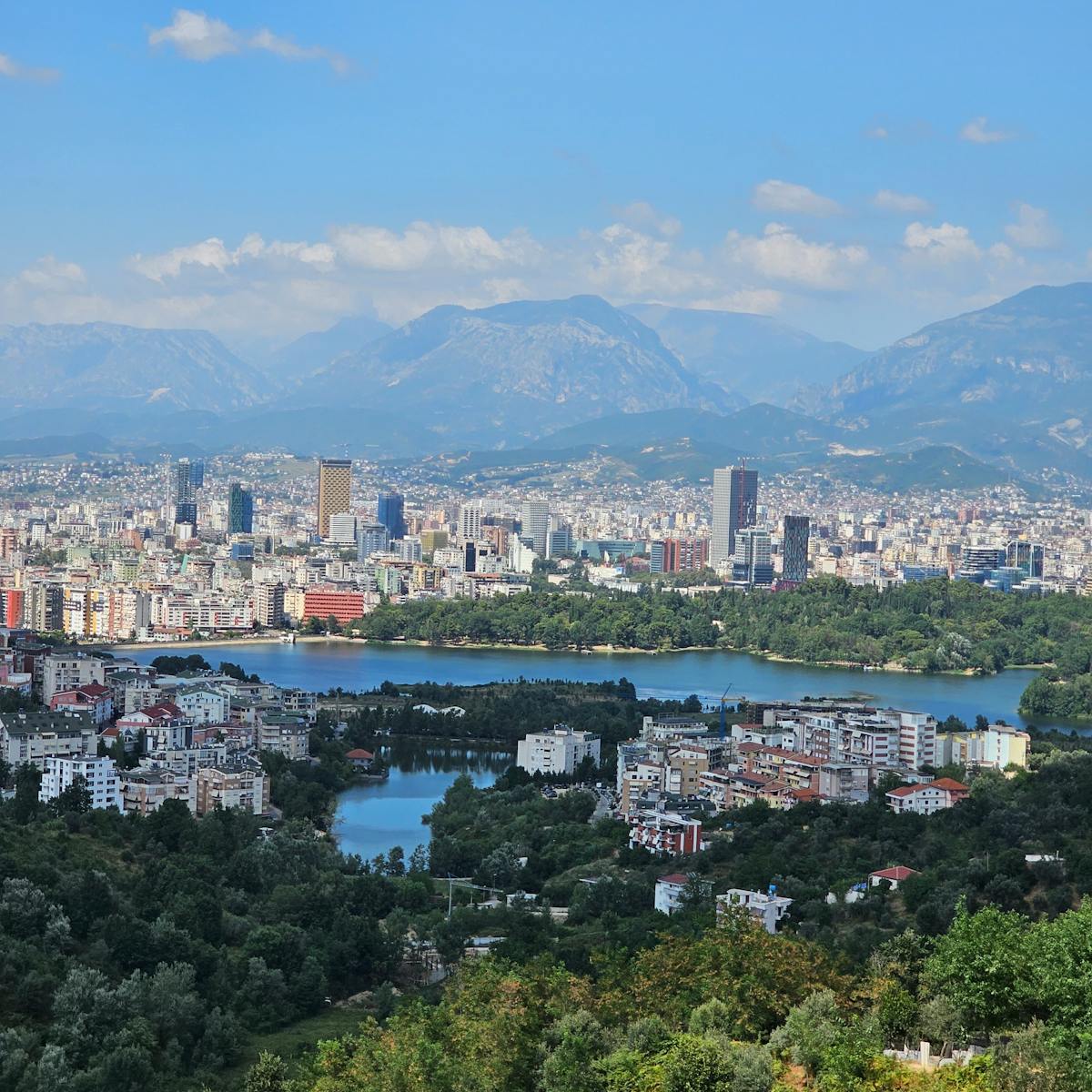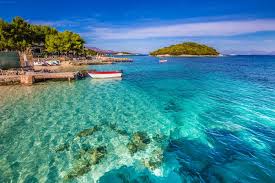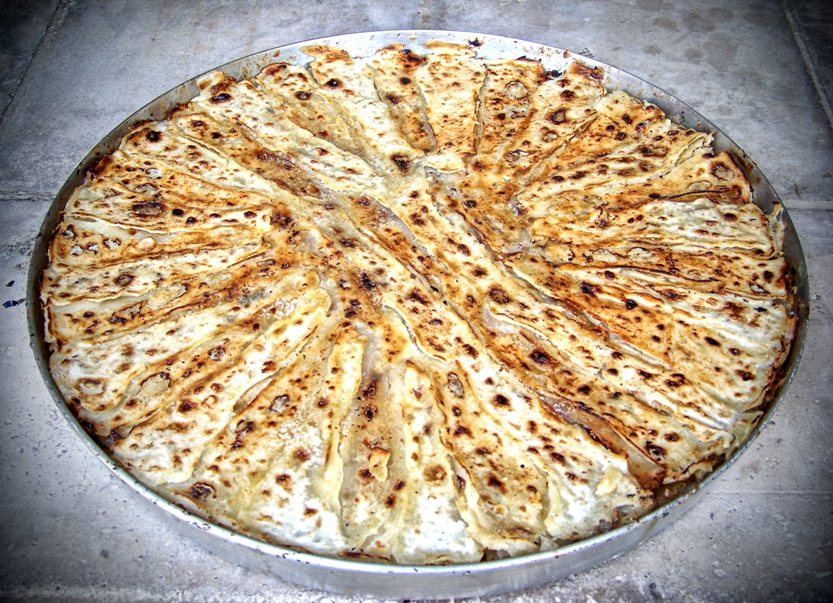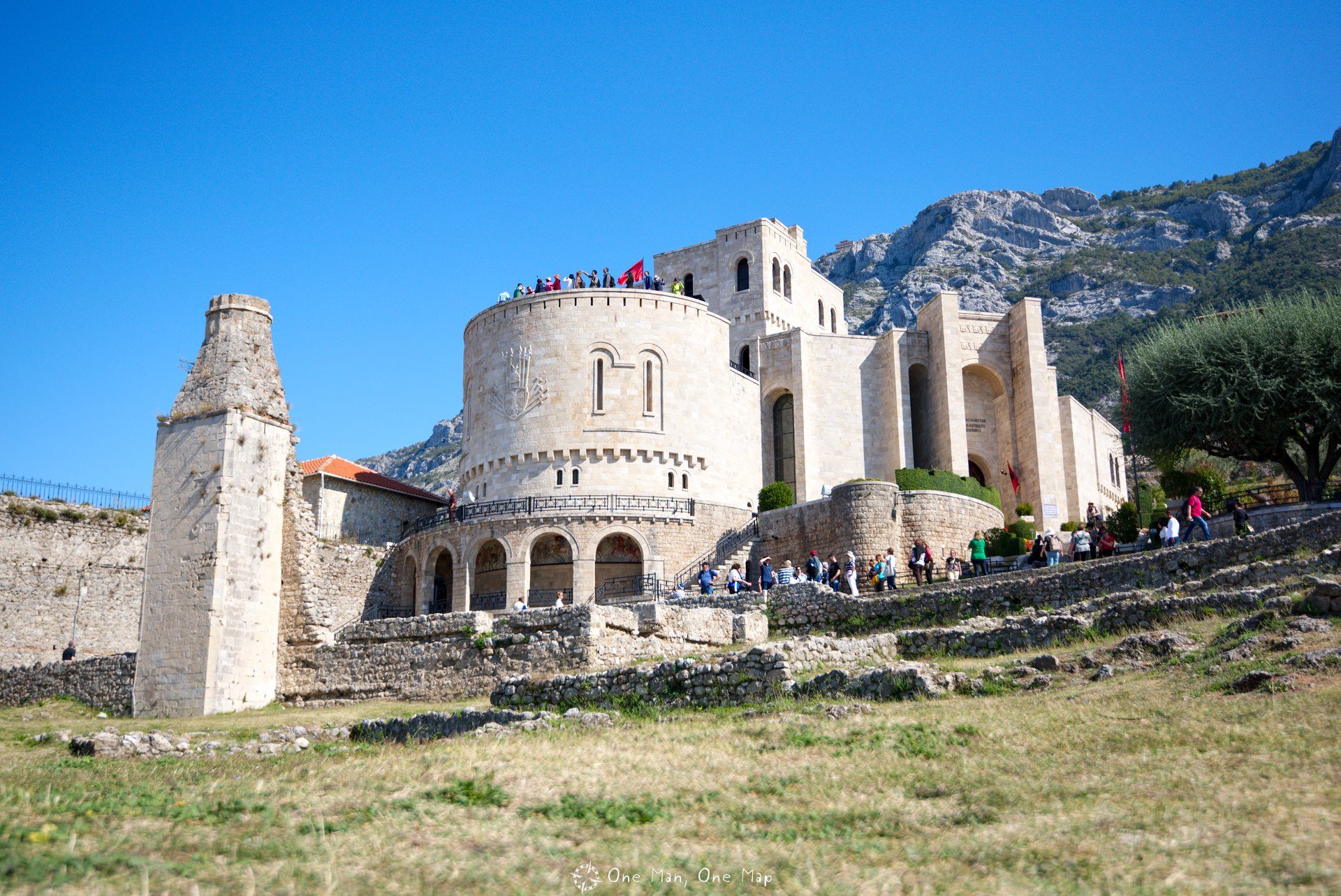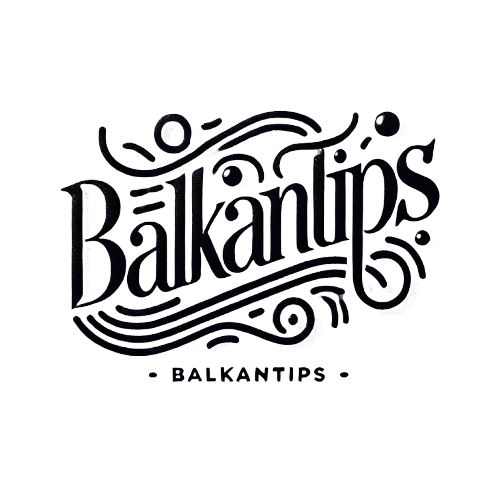
Just a second

Discover the breathtaking landscapes, vibrant culture, and fascinating history of Albania.
Albania, situated on the Adriatic and Ionian seas, boasts a rich tapestry of history, dramatic landscapes, and a vibrant cultural heritage. Below are some highlights of Albania's unique past and present: Ancient Times: The origins of Albania trace back to the Illyrians, an ancient people known for their unique art, religious practices, and fortified settlements. This region later became part of the Roman Empire in the 2nd century BCE, with cities like Apollonia and Butrint flourishing as key centers of Roman governance and culture. Butrint, in particular, is a UNESCO World Heritage Site known for its stunning ruins, including an ancient theater, basilicas, and baths, offering a glimpse into the ancient Mediterranean world. Byzantine and Medieval Albania: Following the fall of Rome, Albania came under Byzantine influence, fostering a distinct Christian heritage, particularly in towns like Durrës. The medieval period also saw the rise of noble families, and the city of Krujë became symbolic of Albanian resistance, especially under the leadership of the national hero Gjergj Kastrioti Skanderbeg. His defense against the Ottomans is celebrated in Albanian culture as a defining moment of national pride and identity. Ottoman Era: Integrated into the Ottoman Empire in the late 15th century, Albania experienced significant cultural transformation. Ottoman architectural influences remain visible in cities like Berat, "the city of a thousand windows," and Gjirokastër, known for its distinctive stone houses and cobblestone streets. Islam became widespread, adding to the country’s religious mosaic, which also includes Bektashism, a unique Sufi order that has influenced Albanian culture, particularly in the arts, music, and festivals. Bazaars, mosques, and madrasas from this era remain key features in many towns. National Awakening: Albania's National Awakening (Rilindja Kombëtare) in the 19th century was a cultural and political movement aimed at achieving independence from the Ottoman Empire. This period saw the promotion of the Albanian language and identity, with figures like Sami Frashëri advocating for national unity and independence. Albania declared independence in 1912, marking a crucial turning point in its history and the establishment of Albania as a modern nation-state. 20th Century Transformations: Albania's interwar period and WWII experience were marked by struggles for modernization and sovereignty. After WWII, Albania emerged as a communist state under Enver Hoxha, known for its strict isolationism, heavy fortifications, and collectivist policies. The communist era left a legacy of thousands of bunkers across the country, which can still be seen today as remnants of Albania's past. Post-Communist Albania: Following the fall of communism in the early 1990s, Albania transitioned to democracy, opening up to the world and embracing new economic and social reforms. This period saw a shift towards modernization, with Albania joining NATO in 2009 and pursuing European Union membership. Today, Albania is recognized for its commitment to growth, with sectors like tourism, agriculture, and energy development becoming central to its economy. Modern Attractions and Culture: Albania's diverse landscapes range from the Albanian Riviera, with its pristine beaches and clear blue waters, to the majestic Albanian Alps, known for hiking, breathtaking views, and eco-tourism. Cities like Tirana, the capital, have transformed with colorful facades, vibrant art scenes, and a mix of Ottoman, Italian, and Soviet architecture. Albanian cuisine reflects its Mediterranean and Balkan heritage, featuring fresh ingredients, olive oil, herbs, and influences from both Italian and Turkish culinary traditions. Unique Traditions: Albania is known for its distinctive polyphonic singing, an ancient vocal tradition recognized by UNESCO. The country’s traditional dance, particularly the "Valle," is performed at festivals and weddings and often accompanied by folk instruments like the çifteli. Festivals such as Dita e Verës (Spring Day) in March and the Gjirokastër National Folklore Festival celebrate Albanian heritage and attract visitors from around the world. Albania’s warm hospitality, stunning natural beauty, and historical depth make it a fascinating destination within the Balkans. Visitors are welcomed into a society where ancient traditions and modern life blend seamlessly, offering a unique cultural experience.
Albania’s culture is a vibrant fusion of Illyrian, Byzantine, Ottoman, and modern influences, characterized by deep-rooted traditions, rich music, and unique cuisine. The country’s cultural identity is celebrated through its folklore, hospitality, and numerous festivals, showcasing a blend of historical narratives and contemporary expressions.
Albania’s architecture reflects its complex history and diverse cultural heritage, ranging from ancient ruins to Ottoman-era structures and contemporary designs. Key styles and examples include:
The architectural diversity in Albania tells the story of its rich history and cultural evolution, with structures from various periods marking the nation’s journey.
Albania hosts a variety of vibrant festivals and celebrations that highlight its cultural heritage and traditions.
Albanian cuisine is rich in fresh, local ingredients, influenced by Mediterranean and Balkan culinary traditions. The use of herbs and spices enhances the flavors of traditional dishes.
Music plays a vital role in Albanian culture, with various genres ranging from traditional folk music to contemporary styles. The musical heritage is characterized by the use of traditional instruments and regional variations.
Albanian hospitality is legendary, deeply ingrained in the culture. Guests are treated with great respect and generosity, often greeted with traditional offerings of bread, salt, and raki (a local alcoholic beverage). The custom of "besa," or keeping one's word, reflects the importance of honor and trust in social interactions. Visitors are encouraged to partake in traditional meals, and sharing food is seen as a way to build bonds and friendships.
Albania's ancient history is deeply rooted in the Illyrian tribes, who inhabited the region from the 6th century BC. Among these tribes were the Taulantii and the Dardanians, known for their rich culture, including metalworking, pottery, and fortified settlements. Key archaeological sites such as Apollonia and Butrint showcase the advanced society that thrived in the area. Albania’s strategic location along the Adriatic and Ionian Seas allowed it to become a critical hub for trade and cultural exchange.
The Roman Empire's expansion in the 2nd century BC saw Albania integrated into the province of Illyricum. Roman influence brought significant infrastructure, including roads, aqueducts, and towns. The city of Apollonia became a vital center of commerce and education, renowned for its school of rhetoric. The remnants of Roman architecture, such as theaters and basilicas, can still be seen today, offering insight into the region's historical significance.
Evidence of human habitation in Albania dates back to the Paleolithic era, with artifacts found in caves like the one at Blaz. During the Neolithic period, cultures such as the Vinča culture flourished, leaving behind pottery and tools that indicate a society engaged in agriculture, trade, and craftsmanship. This early development laid the groundwork for subsequent civilizations in the region.
Under Roman rule, Albania was part of the province of Illyricum, and cities like Apollonia and Dyrrachium (modern Durrës) became significant urban centers. The Romans introduced advanced governance and urban planning, evident in the remains of public buildings and infrastructure. The extensive network of Roman roads facilitated trade and military movement throughout the region, contributing to Albania’s importance within the empire.
The decline of Roman influence led to the arrival of various tribes, including the Slavs and Byzantines, which significantly impacted the region. Albania became a part of the Byzantine Empire, and several important churches and fortifications were built during this period. The establishment of principalities, such as the Principality of Albania in the 14th century, marked the beginning of efforts to unify the Albanian territories under a single rule.
The arrival of the Ottoman Empire in the late 14th century ushered in a significant transformation for Albania. After the resistance led by figures such as Skanderbeg, who fought valiantly to preserve Albanian autonomy, the Ottomans gradually established control over the region. For more than four centuries, Albania was integrated into the Ottoman Empire, where Islamic architecture flourished. The construction of mosques, bridges, and traditional Ottoman houses can still be seen in cities like Berat and Gjirokastër.
The millet system allowed various ethnic and religious communities to maintain a degree of autonomy, fostering a diverse society. During this period, economic activities thrived, with Albania becoming known for its textiles, crafts, and trade routes. However, the gradual Islamization of the population introduced significant cultural changes, blending Albanian traditions with Ottoman customs.
The 19th century marked a period of national awakening, as Albanians sought to assert their identity and cultural heritage in response to Ottoman decline. The establishment of cultural and educational societies, such as the League of Prizren in 1878, aimed to promote Albanian language and rights. This period saw a resurgence in Albanian literature and the arts, leading to increased awareness and a stronger national consciousness.
Following the First Balkan War, Albania declared its independence from the Ottoman Empire on November 28, 1912. However, the new nation faced numerous challenges, including territorial disputes and the need for international recognition. Albania was incorporated into the Kingdom of Serbs, Croats, and Slovenes after World War I. The interwar period was marked by political instability, leading to the establishment of a monarchy under King Zog I.
After World War II, Albania became a communist state under Enver Hoxha. This period was characterized by strict political repression, isolationism, and significant economic development through state-led initiatives. Despite the regime’s oppressive nature, Albania saw advancements in education and infrastructure. However, the fall of communism in the early 1990s led to political and economic upheaval as the country transitioned to democracy and a market economy.
The 1990s marked a significant shift as Albania embraced democratic reforms, culminating in multi-party elections and the establishment of a parliamentary democracy. Despite facing challenges such as economic instability and corruption, Albania has made considerable progress in its pursuit of European integration. The country is now a member of NATO and is actively working toward EU membership, showcasing its commitment to democratic values and economic development.
Today, Albania is a developing democracy with a rich cultural heritage, characterized by a blend of historical influences and modern aspirations. As the country continues to navigate its path toward integration with Europe, it remains committed to preserving its unique identity and fostering a diverse and inclusive society.
Early Origins of the Albanian Language
Illyrian Roots: The Albanian language, spoken by the majority in Kosovo, is believed to have roots in the ancient Illyrian languages, dating back to the early inhabitants of the Balkans. Although direct linguistic links are challenging to establish due to the scarcity of Illyrian inscriptions, the connection has been widely acknowledged by scholars.
Latin Influence: With the Roman conquest of the Balkans in the 2nd century BC, Latin had a lasting impact on Albanian, introducing many Latin loanwords still used today, particularly in areas like governance, law, and religion.
Byzantine and Slavic Influences: The presence of the Byzantine Empire and later Slavic migrations in the region brought additional linguistic layers, enriching the vocabulary of early Albanian with Greek and Slavic loanwords. These interactions helped shape the structure and vocabulary of the modern Albanian language.
Medieval Manuscripts: The first written records of Albanian appear in the 15th century, with early texts demonstrating a distinct language that had developed unique phonological and grammatical features. The "Meshari" (The Missal) by Gjon Buzuku, published in 1555, is one of the earliest known Albanian books, showcasing the religious and cultural aspirations of Albanians at the time.
Influence of the Church: The spread of Christianity through Byzantine and later Catholic missions influenced early Albanian literature, which incorporated both Latin and Greek elements. These religious texts contributed to the preservation and development of the Albanian language.
Ottoman Turkish and Arabic Vocabulary: During the Ottoman era (15th to 20th century), the Albanian language absorbed numerous Turkish and Arabic words, especially in areas related to administration, culture, and daily life. This period introduced terms that became integral to Albanian, especially in urban centers.
Bilingualism and Cultural Exchange: The Ottoman period encouraged linguistic diversity, with Albanian coexisting alongside Turkish, Serbian, and Bosnian. Many Albanians became bilingual, contributing to a rich cultural exchange that influenced linguistic expressions and idiomatic phrases within Albanian.
Linguistic Revival: The 19th century marked a period of national awakening for Albanians, with increasing efforts to standardize the language and assert a distinct cultural identity. The League of Prizren, formed in 1878, was instrumental in promoting Albanian language and culture, advocating for a unified alphabet and education in Albanian.
Influence of the Albanian Renaissance: The Albanian Renaissance brought together intellectuals who worked to formalize the language, creating literary societies and publishing Albanian books. These efforts were critical to preserving Albanian in the face of foreign influence and contributed to a growing sense of national pride and identity.
Standardization: In the 20th century, efforts were made to standardize Albanian across Kosovo and Albania. The 1972 Albanian Orthography Congress established the Tosk dialect as the standard, though Gheg remains widely spoken, especially in Kosovo. Standardization played a crucial role in unifying Albanian speakers.
Contemporary Influences: Albanian in Kosovo has absorbed words from Turkish, Serbian, and increasingly English, reflecting modern cultural exchanges and Kosovo's international relationships. This adaptability is seen in new vocabulary for technology, media, and education, demonstrating the language’s flexibility in a globalized context.
Phonology: Albanian has a unique phonological system with specific vowel and consonant sounds distinct from other Balkan languages. Written in the Latin alphabet, Albanian has undergone standardization, particularly in Kosovo, to reflect both regional dialects and modern usage.
Grammar: Albanian is highly inflected, with noun cases, verb conjugations, and a complex system of adjectives and pronouns. The language has five noun cases, along with aspects for expressing both completed and continuous actions, adding depth to its grammatical structure.
Vocabulary: The core of Albanian vocabulary is of Illyrian origin, enriched by Latin, Greek, Turkish, and recent English loanwords. These influences reflect Albania’s long history of cultural interactions, especially in fields like governance, religion, and contemporary digital life.
The Albanian language is a central aspect of Kosovo’s identity, embodying a rich history and cultural heritage. Its preservation and promotion are crucial to the national pride of Kosovo’s Albanians, expressed through literature, music, folklore, and a vibrant oral storytelling tradition. Celebrations of language and cultural festivals contribute to the pride and unity among Albanian speakers, emphasizing its role as a pillar of Kosovo’s cultural landscape.
